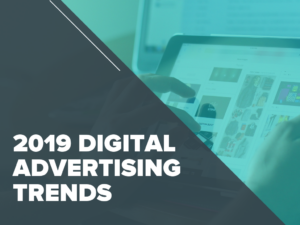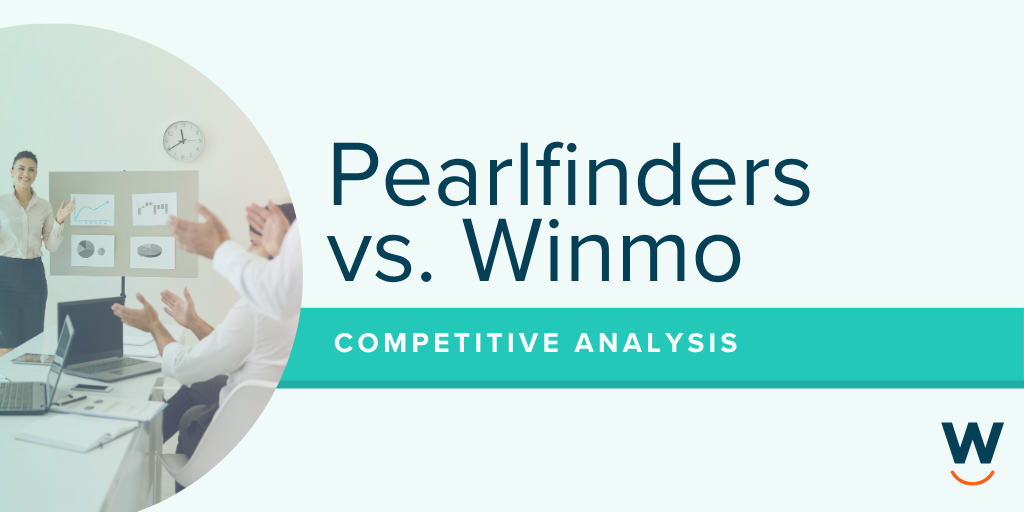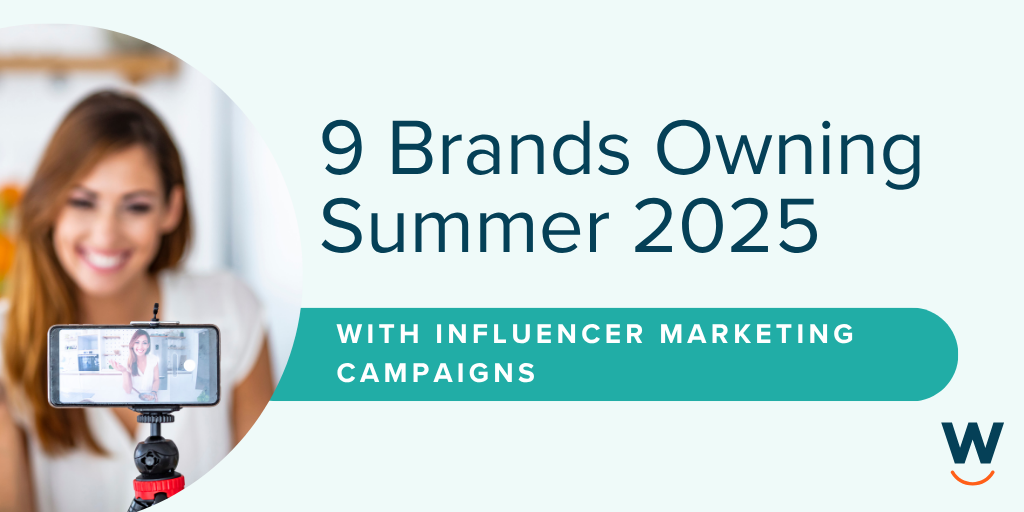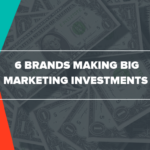
2019 Digital Advertising Trends
As we hit the halfway point in 2019, the digital advertising industry continues its evolving journey. Global online ad spend is set to grow 4.7% this year, up from the 4% forecast in December 2018.
Sources predict that U.S. digital ad spend will increase 19.1 percent this year, to $129.3 billion, while traditional advertising will fall 19 percent, to $109.5 billion. That means digital will account for 54.2 percent of the total, an even larger realm of opportunity to capitalize on in order to secure ad revenue.
In an effort to address one of the most dynamic years the digital advertising industry has seen, we’re highlighting new data and major trends throughout 2019 including:
- Programmatic Explosion
- In-House Movements
- Video Stealing the Show
- AI Expansion
- Diversifying Reach
- Omnichannel Approach
We’re also highlighting where Winmo comes in to help businesses capitalize on these trends. Our in-house team of researchers provides daily insight into agency relationships, media planning and buying periods, and predictive sales intelligence within our platform in order to make connecting with national advertisers and their agencies a breeze.
Take your research to the next level with these six digital advertising trends indicating new possibilities for you and your team throughout the remainder of 2019:
1. Programmatic Explosion
Building on the success of out-of-home advertising, digital out-of-home is an unbeatable offering. The motion DOOH ads prove to be capturing the attention of viewers even more effectively. According to sources, DOOH ads are twice as likely to be seen and are 2.5 times more impactful than static OOH ads. With technology advancements on the horizon, more brands are presented with the opportunity to participate in the DOOH movement.
For the first time, DOOH overtook traditional OOH in 2019. This means a more dynamic experience as opposed to more static messaging. Major brands such as Mercedes Benz are trialing programmatic DOOH, a trend that other brands will likely understand the value in and follow their lead. DOOH and programmatic is on the rise, and at a rapid pace. The trend is pretty clear as major players decide to get on board.
2. In-House Revolution
With an already significant impact on online advertising, the in-house programmatic shift continues. Two out of three marketers are planning to bring their programmatic efforts in-house by 2022, so the revolution in this space is certainly one to pay attention to, if you’re not already.
What exactly does the move in-house mean for online advertising? It removes silos, streamlines workflows and reduces production costs. According to studies, 38% of businesses mentioned cost efficiency as an incentive to switch in-house. This industry’s in-house trend leaves more room for innovation and advancement in the online advertising realm.
Looking for national advertisers who have brought some of their programmatic in-house? Winmo customers can quickly identify these brands, and their key decision-makers. Take a look here: t 7 Major Brands That Have Brought Programmatic In-House.
3. Video Steals the Show
According to studies, video has been crowned victorious as predicted in 2019. Digital budgets are increasing in order for advertisers to get in front of their customers. Reports show 74% of U.S. consumers over the age of 13 watch streaming or online video at least weekly, and 41% watch daily.
Mobile and social serve as the main channels through which this content is consumed however, video is highly effective regardless of the medium. In general, video banner ads have proven to perform better than ads without, making it a trend you won’t want to miss in 2019.
Through Winmo’s Adbeat integration, sellers have the ability to see standard, native and video campaigns across both desktop and mobile – complete with spend data – to qualify opportunities and tailor your outreach.
4. AI is All Over
Artificial Intelligence has been on the table for a few years now, but it continues to grow at an amazing pace, just like we predicted. While most platforms have a certain level of AI already built in, the possibilities continue to expand.
AI serves a lot of areas, such as the ability to detect sophisticated ad fraud patterns. It also analyzes over 80 dimensions at a time compared to traditional models with the ability to analyze activity in one to three dimensions simultaneously. Additionally, an Appier study proved AI-based models are producing a 3.6% higher return on advertising spend in comparison to other models.
This trend opens up doors for marketers to focus on their customer and determine ways to deliver relevant and engaging ads. Spending less time searching for the information, AI allows advertisers to focus on the deliverables and initiatives that truly matter most.
5. Diversifying Reach
In 2019, brands are making a huge effort to diversify their reach and make an impression on as many consumers as possible. The goal is to make a brand voice that is clear and consistent in whatever channels are possible for distribution, and effective. As brands look to speak to a variety of audiences and expand reach by branching out into new markets, a sales intelligence tool is essential.
Within Winmo, profiles are populated with the latest and greatest opportunities to ensure your pipeline is full of qualified opportunities. Not only does our in-house team of researchers provide verified contact information for key decision-makers on accounts, they also report on industry news so you can craft the perfect pitch.
Winmo’s Adbeat integration, mentioned above, also serves as a way to identify new opportunities and revenue streams. Adtech companies can qualify opportunities by programmatic activity across standard, native and video formats for desktop and/or mobile device to focus on targets buying what they’re selling. Ad networks and other programmatic players can additionally use this data to identify vendors spending with competing networks, but not with them. The result? An easy path to low-hanging fruit and increased market share.
6. Omnichannel Approach
Omnichannel capabilities allow customers to interact with businesses throughout their journey in lots of different ways. With the goal of creating a seamless experience across all channels, 62% of companies have, or plan to have an omnichannel marketing strategy.
With the average digital consumer owning 3.2 devices, it’s crucial to keep them engaged and interested over time. Advertisers are making an attempt to be present and relevant wherever their users are, so expect the omnichannel trend to continue to rise.
Not only do Winmo analysts track trends in digital advertising such as these, but they also translate them into quick reads you can act on. Whether you’re looking for a tool to diversify your reach or a resource to inform you where brands are spending (and when), I’d highly recommend trying Winmo for yourself. Request a demo today.





